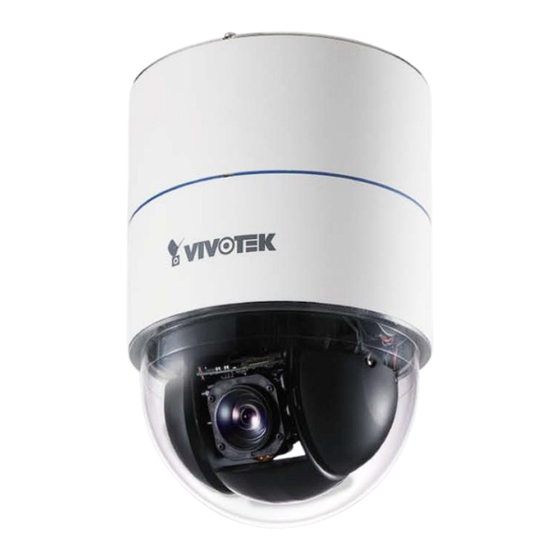
Vivotek SD8111 User Manual
H.264 12xzoom day & night 3d noise reduction
Hide thumbs
Also See for SD8111:
- Specifications (2 pages) ,
- Quick installation manual (13 pages) ,
- User manual (148 pages)
Table of Contents
Advertisement
Advertisement
Table of Contents







Need help?
Do you have a question about the SD8111 and is the answer not in the manual?
Questions and answers